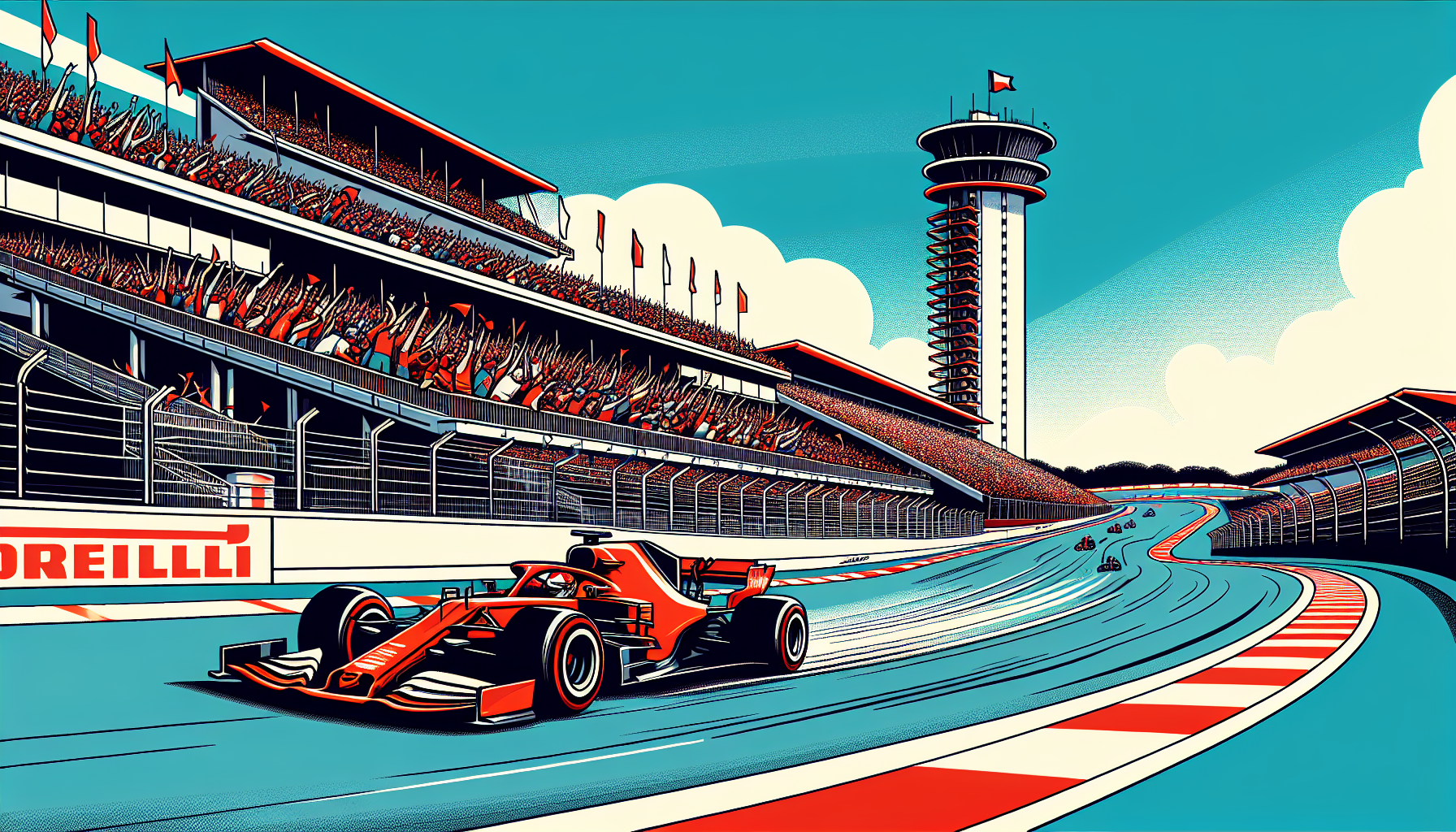The 2024 United States Grand Prix was a thrilling display of technology, strategy, and skilled racing. This year’s event gave us several significant takeaways that will shape the narrative of this F1 season. From unexpected team performances to technical innovations, let’s explore the key insights from the race.
Stellar Performances from Midfield Teams
This year’s United States Grand Prix was marked by impressive performances from midfield teams that managed to outshine some of the usual frontrunners. Teams like Alpine and Aston Martin put on remarkable displays, securing pivotal grid positions and challenging the traditional top team hierarchy. Their strategic utilization of tire management and pit stop timing played crucial roles in their success. It demonstrated the growing competitiveness in Formula 1, where even teams with fewer resources can make significant impacts through tactical prowess.
Importance of Advanced Aerodynamics
The Circuit of the Americas proved to be a testing ground for the latest in aerodynamic enhancements. Teams that invested heavily in wind tunnel testing and computational fluid dynamics (CFD) benefitted immensely. The success of these innovations was evident in how certain cars maintained superior speed and handling through the circuit’s challenging S-Curves and hairpin bends. Such advancements confirm that aerodynamic efficiency continues to be a vital factor in competitive edge, highlighting how technical innovations are as important as driver skill.
Role of Data Analytics in Race Strategy
This race underscored how data analytics have transformed race strategies. Teams extensively leveraged real-time data to make split-second decisions on tire changes and overtaking opportunities. With increasing regulations and car specifications being standardized, insights from data analytics provide unique advantages. As portrayed in this race, teams that successfully integrate data-driven strategies can significantly alter their race outcomes to climb the grid positions effectively.
Weather Adaptation Techniques
The weather played an unpredictable role, challenging teams to quickly adapt their strategies. Sudden shifts called for immediate changes in tire selections, showcasing how teams with superior weather adaptation techniques responded swiftly to these dynamics. An in-depth understanding of weather patterns and on-the-fly ability to make tactical decisions were pivotal. This aspect of the race highlighted the immense value placed on weather intelligence teams and meteorologists in modern Formula 1.
Impact of New Regulations
The impact of new 2024 regulations was a hot topic throughout the United States Grand Prix. Some teams struggled to adapt to changes in car design and fuel management systems, while others thrived by turning these challenges into a competitive advantage. The focus on sustainability and fuel efficiency has led to innovative energy recovery systems, which played a significant role in determining outcomes on the day. These regulations further emphasize the ongoing evolution of F1 as a platform for testing cutting-edge technologies that eventually permeate to consumer vehicles. For further insight into F1 regulations, you can visit FIA’s official website.
Driver Skill and Adaptability
While machine and technology take center stage in a technical sport like F1, driver skill and adaptability remained crucial. The 2024 United States Grand Prix saw drivers employing aggressive driving styles tempered with strategic conservation of car components. Instances of dramatic overtakes and last-moment braking highlights underscore the skill cap needed to navigate and stay competitive, emphasizing that regardless of technology, the driver’s intuition and response remain indispensable.
Spectator Engagement and Growth
The United States Grand Prix also reflected on how Formula 1 managed to capture the imagination of American fans. The spectacle brought in a record number of attendants, showcasing the growing popularity of F1 in non-European markets. Enhanced fan engagement activities and increased media coverage have facilitated this growth. The sport’s adaptation to digital realms, including virtual fan zones and online interactive sessions, has helped capture the minds of newer generations. The continuous expansion into the United States reflects F1’s global growth strategy. For more information on F1’s global presence, have a look at the Formula 1 official website.
In conclusion, the 2024 United States Grand Prix was not just a race; it was a vibrant showcase of endurance, ingenuity, and adaptation in the ever-evolving world of Formula 1. This event reinforced the narrative that F1 isn’t solely about speed. Instead, it’s a complex tapestry woven from technological innovation, strategic brilliance, and the indomitable spirit of its participants. Seasoned fans and newcomers alike will be keenly watching how these insights continue to influence the future races of the championship.

